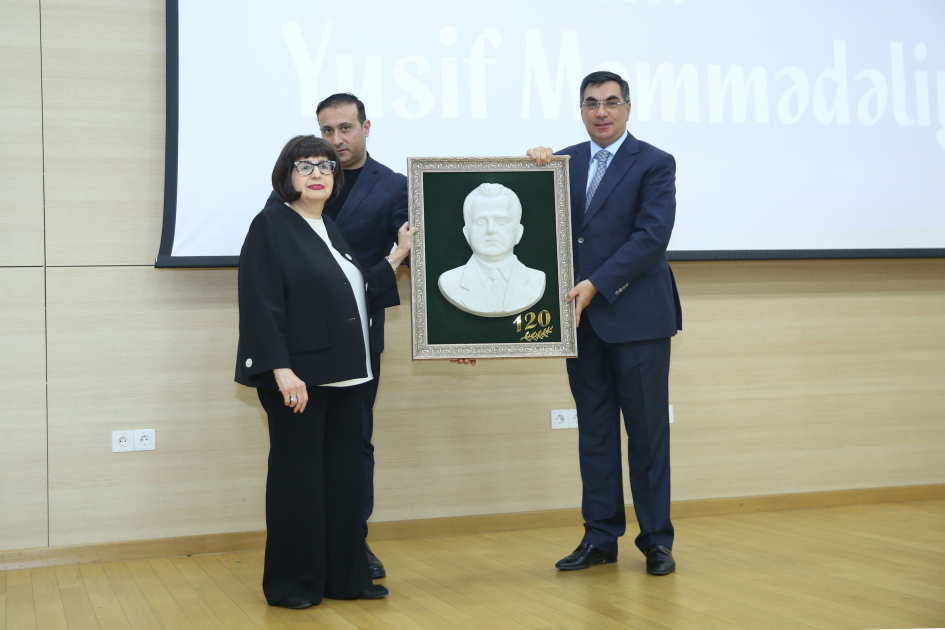A group of paleontologists from Russia and Tajikistan discovered a camel skull from the Early Pleistocene period (2.5 million years ago) in Kuruksay tract (Tajikistan), according to the website of the Ural Federal University, according to Aki Press.
"We are very lucky, since bones throughout Asia are poorly preserved, even those that are only 2,000 years old. They are like chalk inside, extremely fragile. If you accidentally touch a bone without treating it at first, it crumbles into small pieces," said senior researcher at the Laboratory of Natural Science Methods in Humanitarian Research at the university Dmitry Gimranov.
According to him, the skull was taped and fixed with film at the excavation site to preserve it. This made it possible to deliver the find to the Ural Federal University for restoration and study for three years, after which the skull will be returned to Tajikistan for further research.
The Kuruksay tract is located on the territory of Kuhistoni Mastchoh district of Sughd region of Tajikistan.
The university notes that savannah-like landscapes spread across the territory of Tajikistan during the Early Pleistocene, with a climate similar to modern North Africa. Scientists suggest that camels adapted to this era did not have the humps. In a favorable environment, they did not require a long-term supply of nutritional resources.
Related finds in Kuruksay tract also indicate a different climate in Tajikistan at that time.
In addition to the camel skull, paleontologists discovered the bones of a giant short-faced hyena, an Issoarian lynx, an Etruscan wolf and a rhinoceros, a raccoon dog, a saber-toothed cat, a stenon-like horse, several species of deer, an antelope and a gazelle.


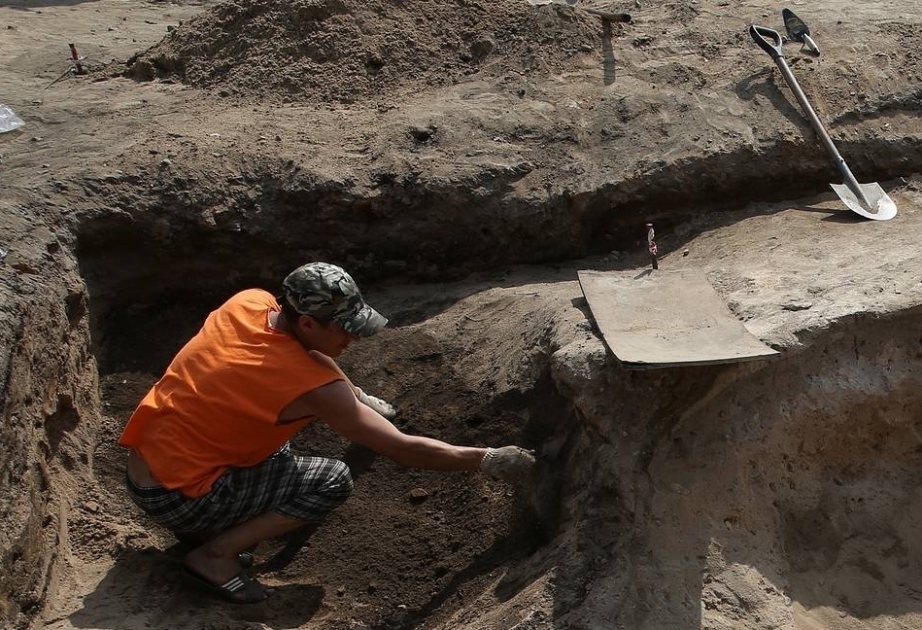
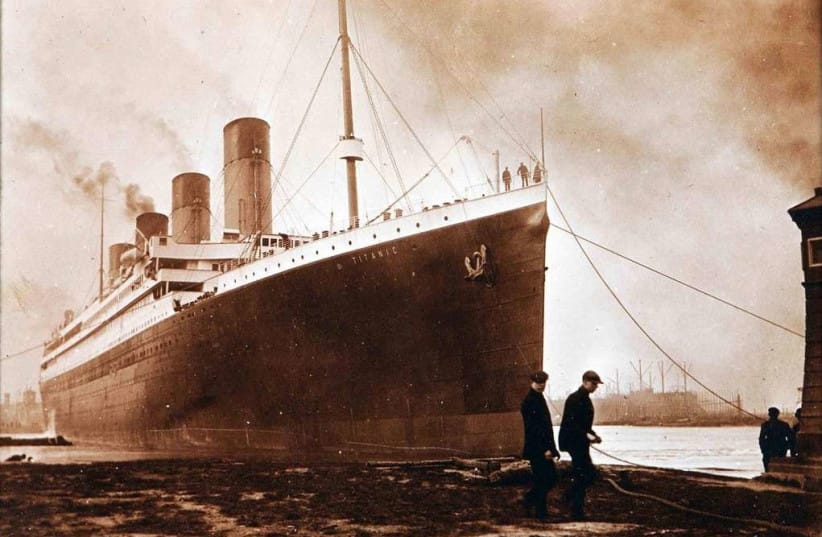

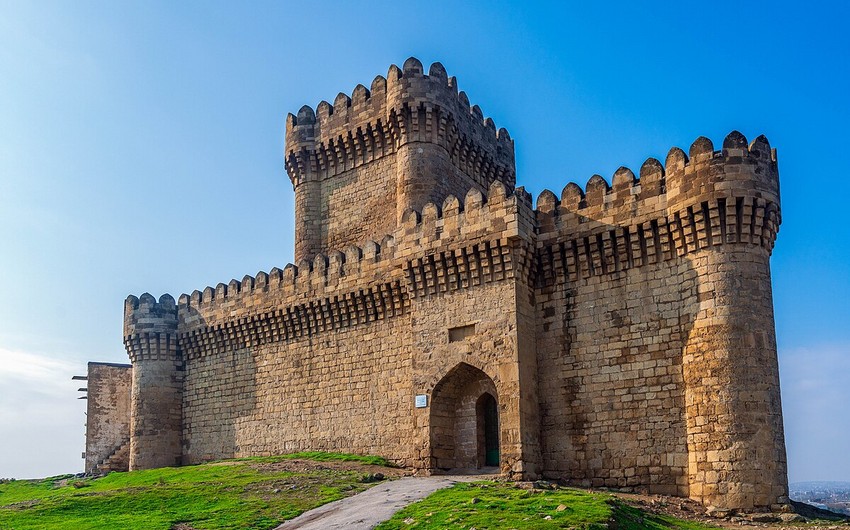
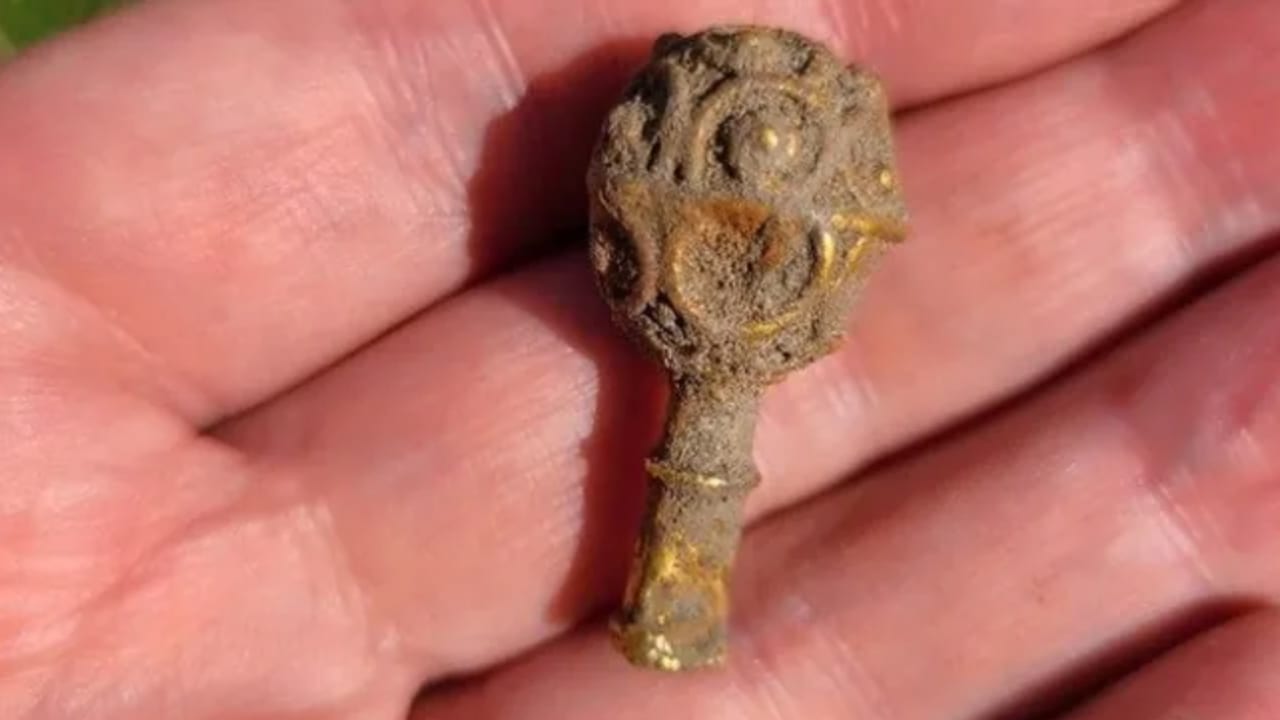

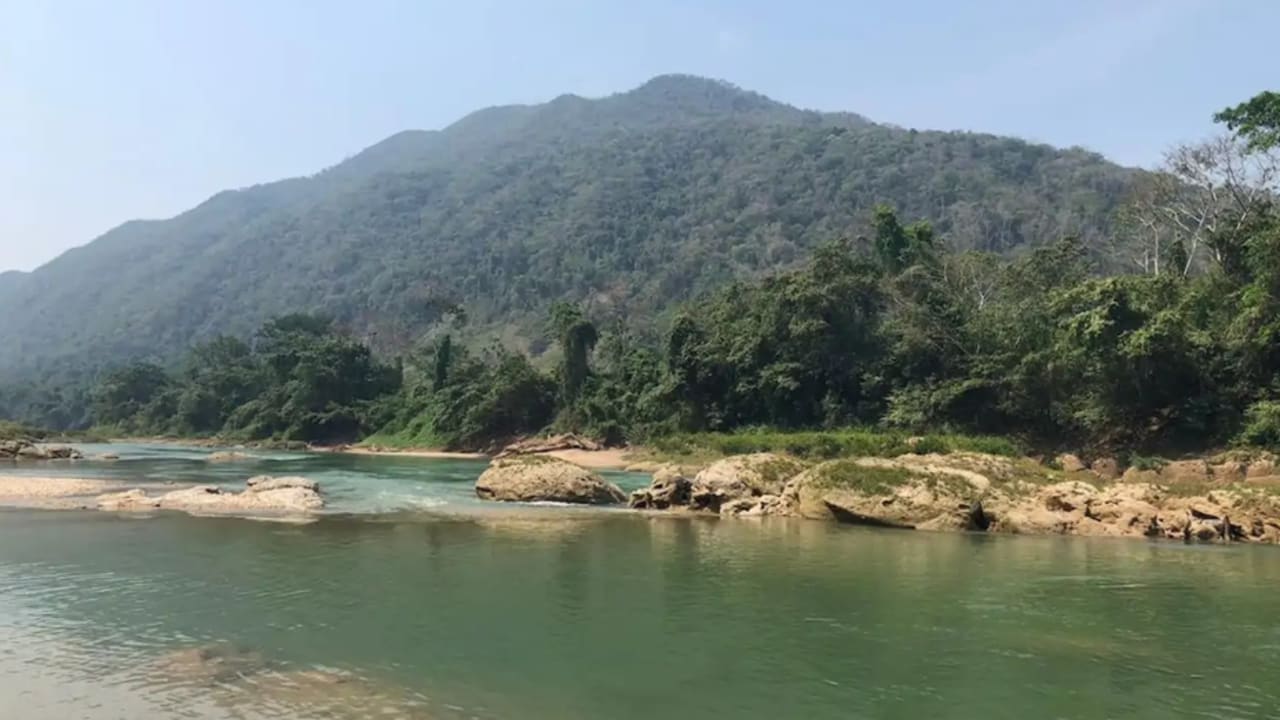
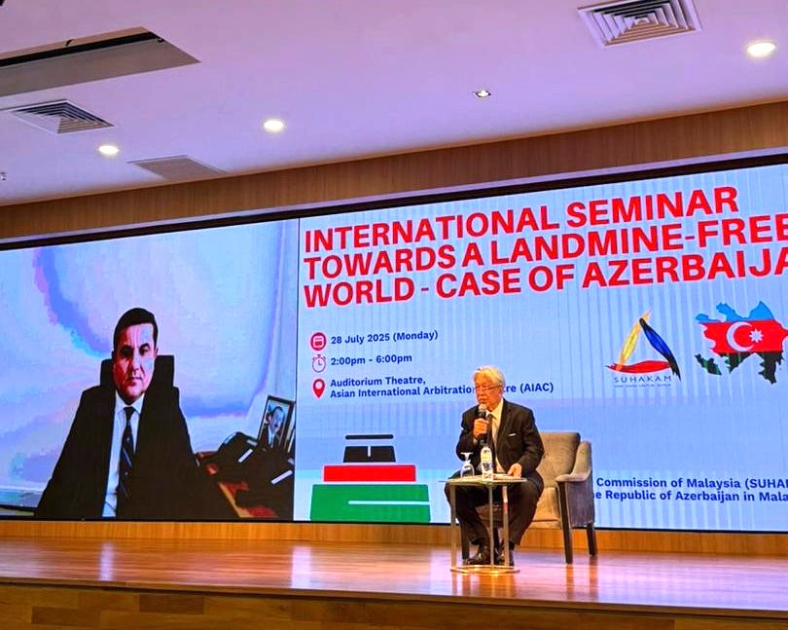

.jpg)


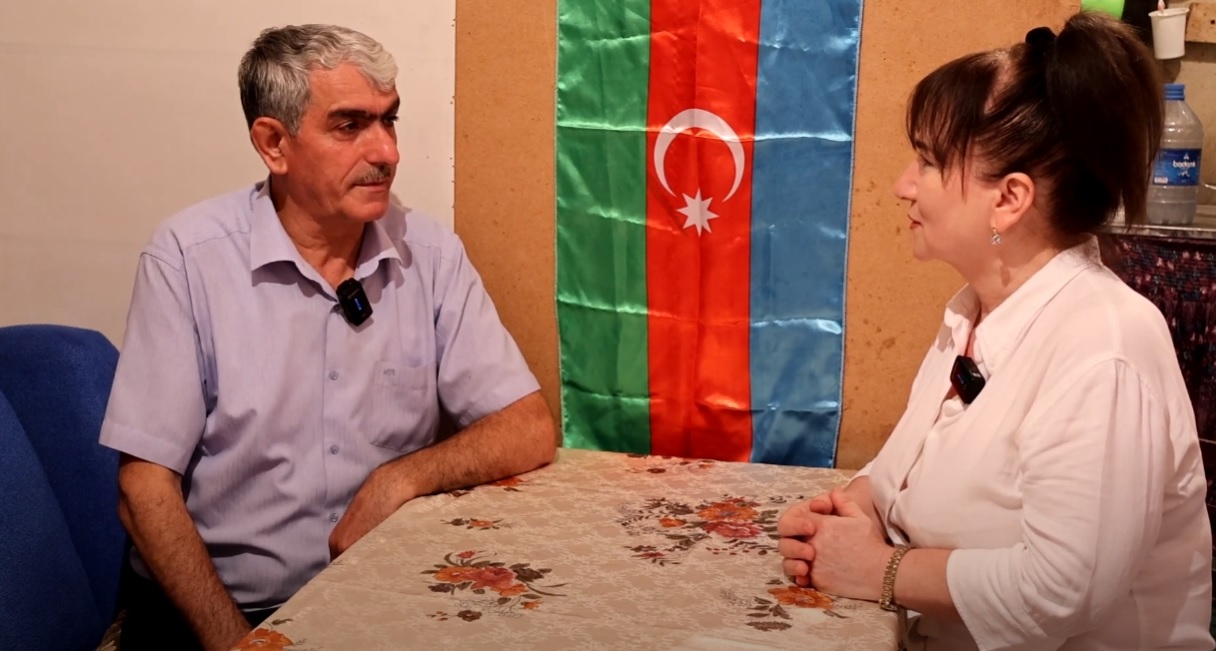
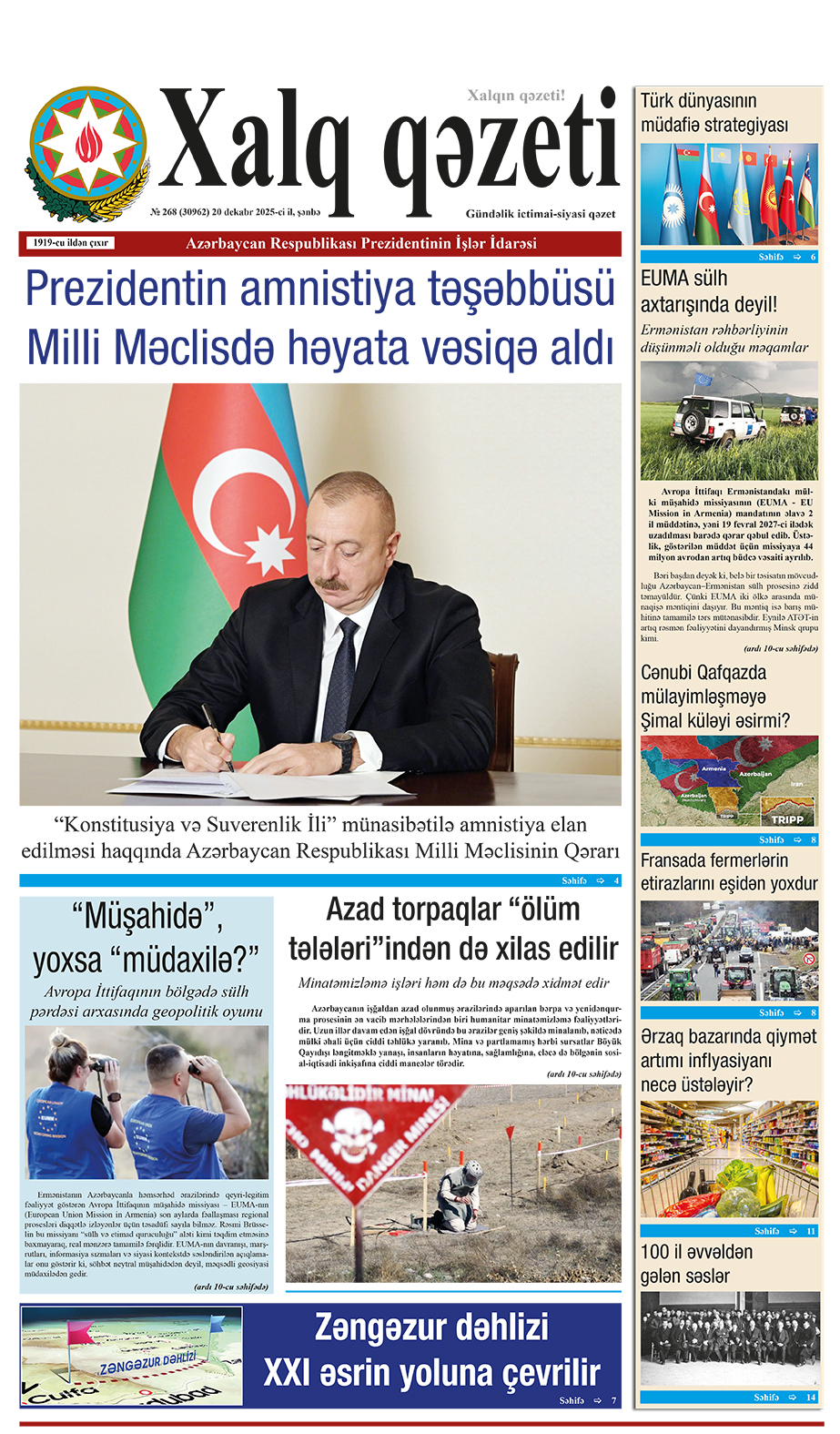
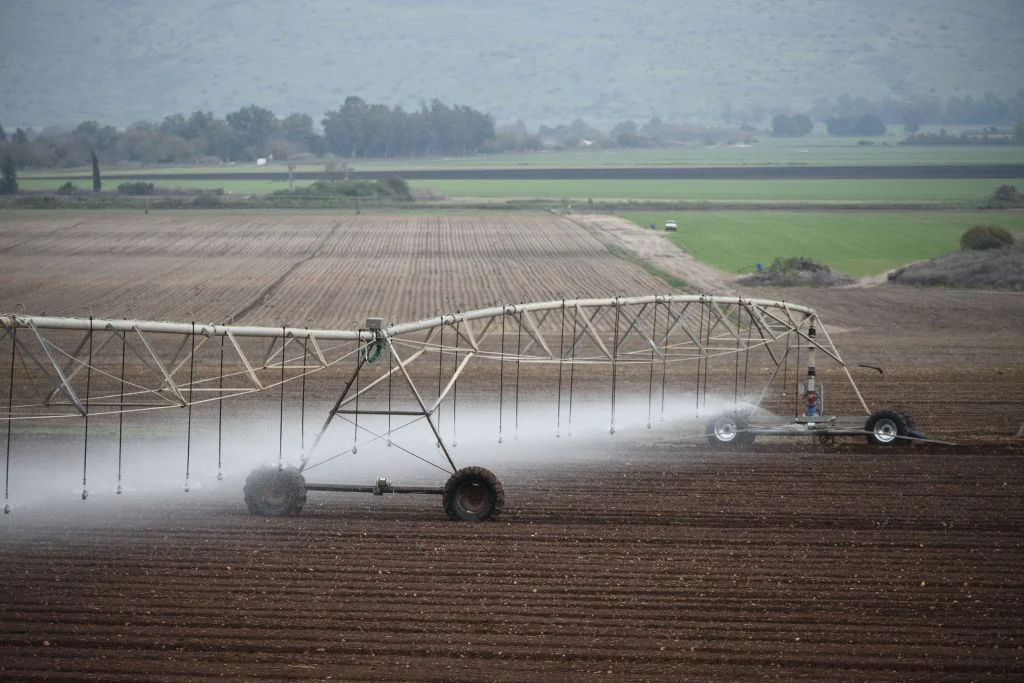
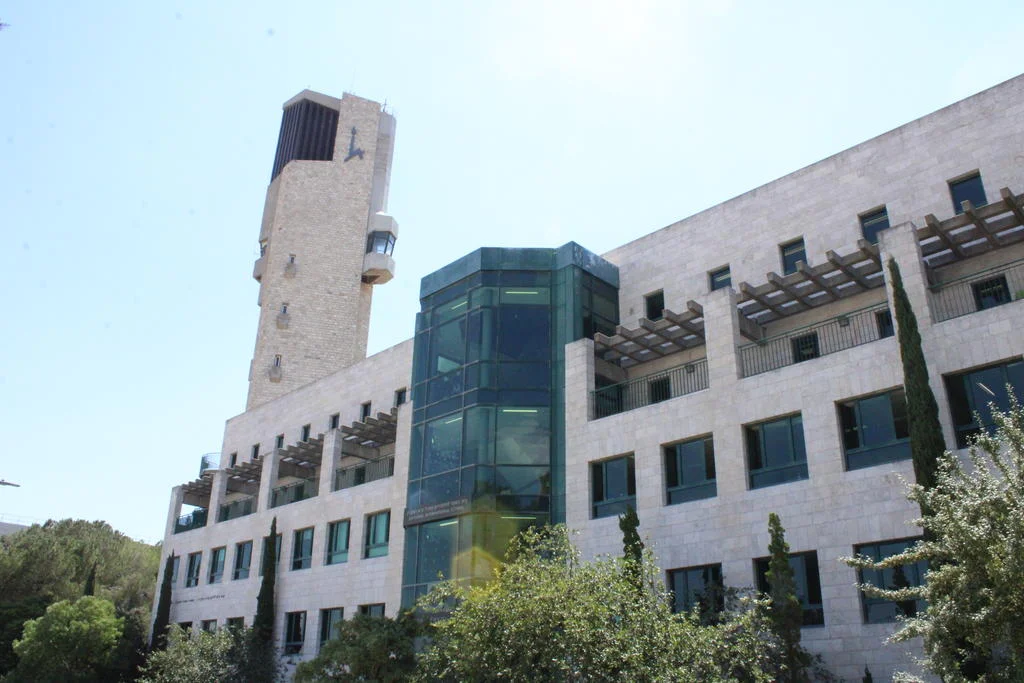
.webp)


